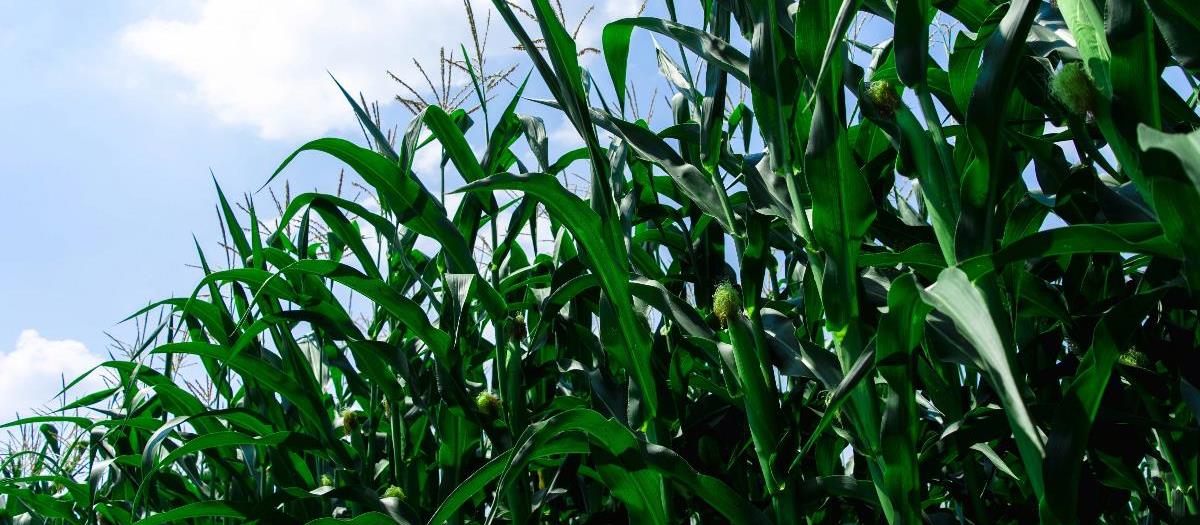Sep 2013
Forage Sorghum Harvest
Authors:
Ayman Mostafa and Mike Ottman
Forage sorghums are warm-season, annual grasses that have the potential to produce large amounts of nutritious forage during summer months, especially in lower-elevation deserts, like central Arizona. If managed properly , sorghum can be used as supplemental feed during times of inadequate forage production or can be used as an emergency , late-planted crop to replace a primary crop that has been damaged by wind, hail or drought early in the growing season.
